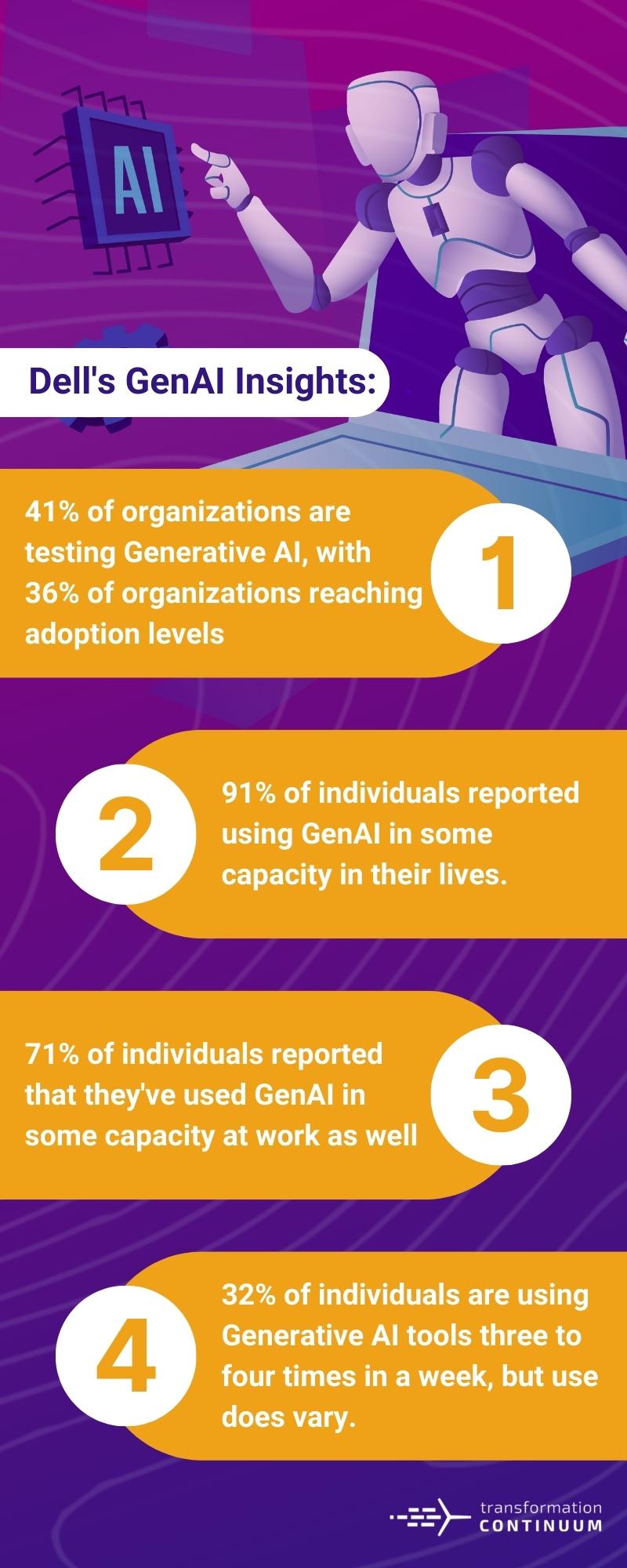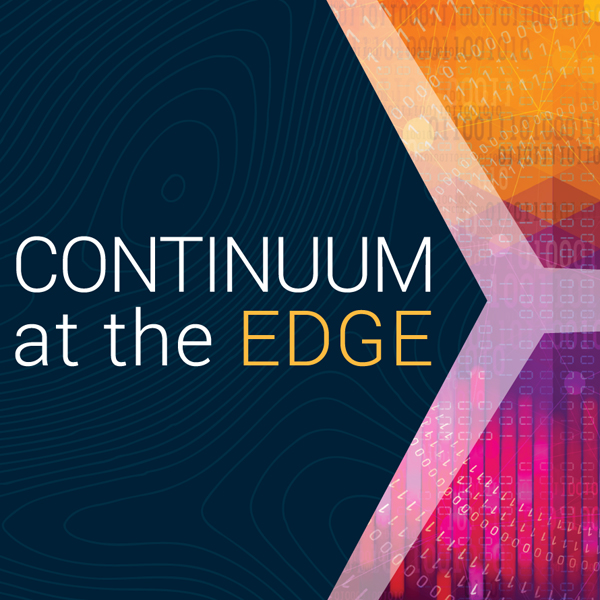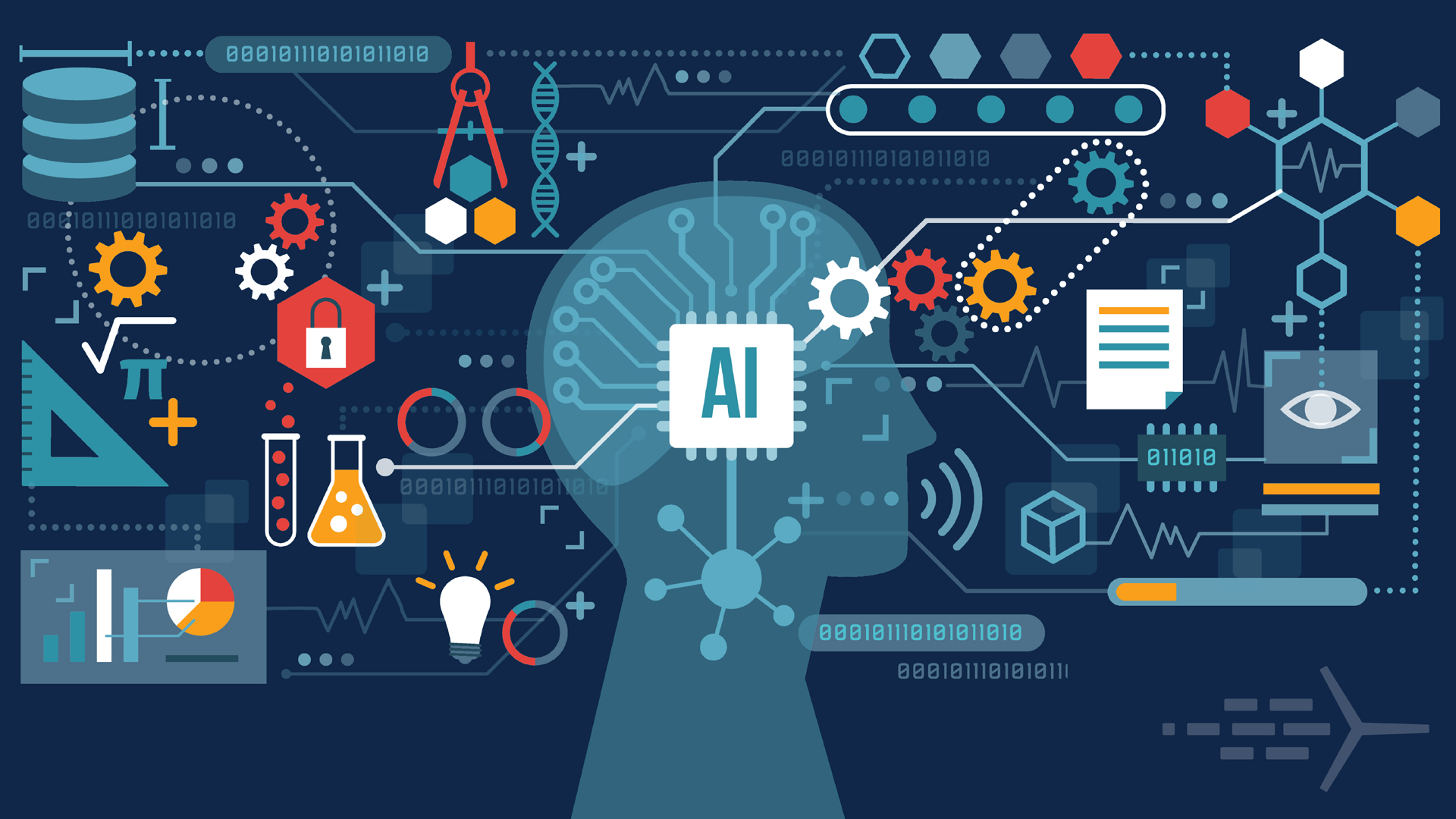Generative AI:
There’s a pretty good chance you just mentally rolled your eyes when you read that. Hey, we get it. Generative AI has arguably become one of the most talked about tech concepts in recent years and seems to be the dominant buzzword lately. To be fair, there’s a good reason for that:
The “space-race” so to speak has begun for GenAI and it’s potential use-cases, leading to a tug-of-war between some of the industry’s biggest titans. With tech giants vying to be the early adopters of a technology that promises huge returns, everyone wants to be part of the GenAI conversation.
Odds are, you have already formed a firm opinion about whether or not artificial intelligence is a dangerous technology. There are heaps of articles debating the ethics of AI…This isn’t one of them. Regardless of whether we believe AI should be developed further, this breakdown will serve as a current-state review of the underlying technologies and use-cases that we discovered in our search to understand the very bare-bone basics of AI and Machine Learning — So let’s dig into this AI Quick-Start Beginner’s Guide!
First Thing's First: What Is Generative AI? 🧐
First Thing's First: What Is Generative AI? 🧐
GenAI refers to a subset of artificial intelligence that focuses on creating new content, data, or outputs rather than simply recognizing patterns or classifications in existing data. It involves training models to generate novel outputs that resemble human-generated content. These outputs can include images, text, music, videos, and more. GenAI models learn from large datasets to understand the underlying patterns and structures, enabling them to produce new and original content. How cool is that?!
Google says it best, “Historically, AI was used to understand and recommend information. Now, generative AI can also help us create new content.” The players in this space are expanding rapidly. Some of the leading players in the field of GenAI include (in no particular order):
- Google: Google’s research division, Google AI, has been at the forefront of Generative AI advancements. They developed models like the Transformer architecture, which led to innovations like BERT and GPT. Google’s DeepMind has also explored generative models for music and art generation.
- Amazon Web Services (AWS): AWS offers various services related to AI and machine learning, including Generative AI. They provide tools and frameworks for building and deploying generative models. AWS has been used to develop applications like image generation, chatbots, and more.
- OpenAI: OpenAI is a research organization that has developed some of the most prominent generative models, including the GPT (Generative Pre-trained Transformer) series. GPT-3, developed by OpenAI, gained attention for its ability to generate coherent and contextually relevant text.
- NVIDIA : NVIDIA’s research and technology have been instrumental in advancing generative models. Their GPUs (Graphics Processing Units) are commonly used for training large-scale generative models due to their parallel processing capabilities.
- Microsoft : Microsoft’s AI research teams have developed generative models for various applications. They have explored areas such as image synthesis, text generation, and creative content creation.
- Adobe: Adobe has integrated generative AI into its creative software, such as Adobe Photoshop and Adobe Illustrator. These tools use AI to assist designers in various creative tasks.
- IBM: IBM’s research in AI and machine learning includes generative models for various domains. They have explored applications in natural language processing, drug discovery, and more.
These players have contributed significantly to the advancement of GenAI and have developed frameworks, models, and tools that are widely used by researchers, developers, and industries across the world. It’s important to note that the field of AI is constantly evolving, and new players and innovations continue to emerge.
Why Is GenAI Such A Hot Topic? 🔥
Why Is GenAI Such A Hot Topic? 🔥

Dell Technologies recently compiled it’s own primary research to answer this exact question – and the response lies in the sheer impact and widespread usage of it. We’ll talk about the impact of AI in the next section, but for now, let’s focus on the reach and usage of GenAI. Check out our handy chart to dive into some of the most jaw-dropping insights reported in Dell’s findings.
GenAI is also becoming increasingly talked about as a tool to help businesses drive outcomes in non-traditional ways. For instance, as the Wall Street Journal recently reported in a case study on Wendy’s and Google’s latest venture, “Wendy’s is automating its drive-through service using an artificial-intelligence chatbot powered by natural-language software developed by Google and trained to understand the myriad ways customers order off the menu.” And that’s just the beginning!
GenAI holds the promise of helping organizations reach new horizons… A perfect segue to the last section of our AI Quick Start Beginner’s Guide:
How Are Organizations Currently Driving Business Outcomes with Generative AI? 🚀
How Are Organizations Currently Driving Business Outcomes with Generative AI? 🚀
In a recent interview with CRN, IBM‘s Channel Chief, Kate Woolley, stated:
While it certainly is fun to have ChatGPT make up a haiku about your coworker’s cat, this quote highlights the fact that AI offers unparalleled personalization and customization. GenAI has a wide range of industry-specific use cases that apply to your customers, all leveraging its ability to create novel content, simulate scenarios, and enhance creativity. Here are some examples of how GenAI is being applied in various industries:
Healthcare:
- Medical Imaging: Gen AI can generate high-quality medical images for training and testing diagnostic models.
- Drug Discovery: AI can suggest molecular structures for potential drugs and predict drug interactions.
Gaming:
- Procedural Content Generation: AI can create game levels, maps, and landscapes, enhancing gameplay variety and replayability.
- Character Behavior: Gen AI can simulate non-player character (NPC) behaviors, making in-game interactions more dynamic.
Dynamic Education:
- Interactive Learning Materials: AI can create interactive simulations and educational content to engage students.
- Language Learning: Gen AI can provide personalized language exercises, practice dialogues, and vocabulary lessons.
Retail and E-commerce:
- Product Descriptions: AI can generate compelling product descriptions, helping improve online shopping experiences.
- Visual Merchandising: Gen AI can simulate store layouts and product displays for retail spaces.
There are endless possibilities in store for the daring adopters. Learn more about how some are harnessing the power of AI & machine learning in combination with concepts such as the Edge and 5G in our 60-second explainer video:
So there you have it — That’s the bare-bones information that is most pertinent to understanding the basics in the world of AI. We’d love to hear your best use-cases and other beginner tips in the comments, too!

There's more to discover!
You can gain access to more helpful resources just like this by subscribing to our Linkedin Newsletter, “Continuum at The Edge”. Our monthly newsletter provides the latest digital transformation news, noteworthy content, and events happening at the edge of tech. By joining our subscriber community, not only will you unlock additional articles, but you have the ability to join in on insightful and eye-opening conversations with our audience.

There's more to discover!
You can gain access to more helpful resources just like this by subscribing to our Linkedin Newsletter, “Continuum at The Edge”. Our monthly newsletter provides the latest digital transformation news, noteworthy content, and events happening at the edge of tech. By joining our subscriber community, not only will you unlock additional articles, but you have the ability to join in on insightful and eye-opening conversations with our audience.

